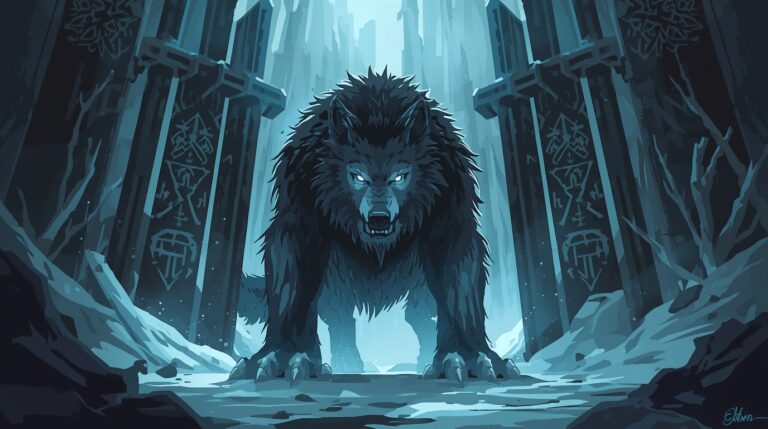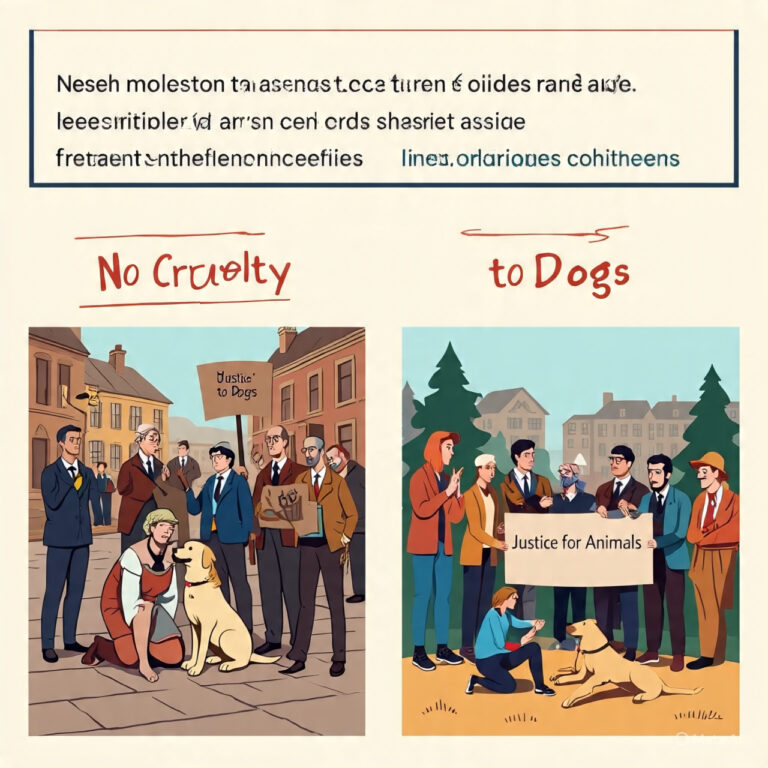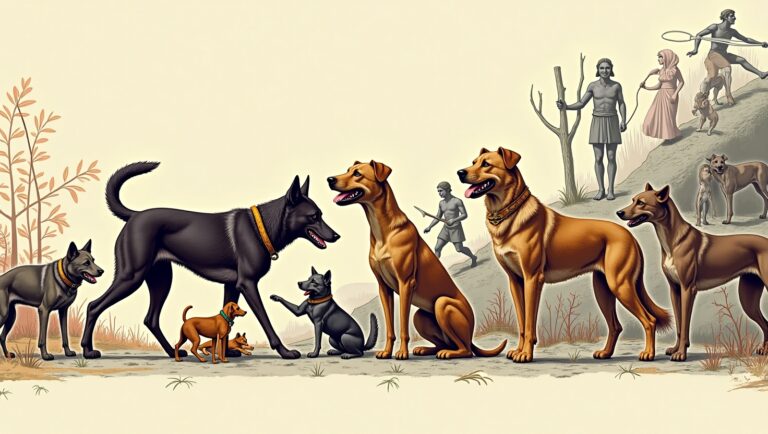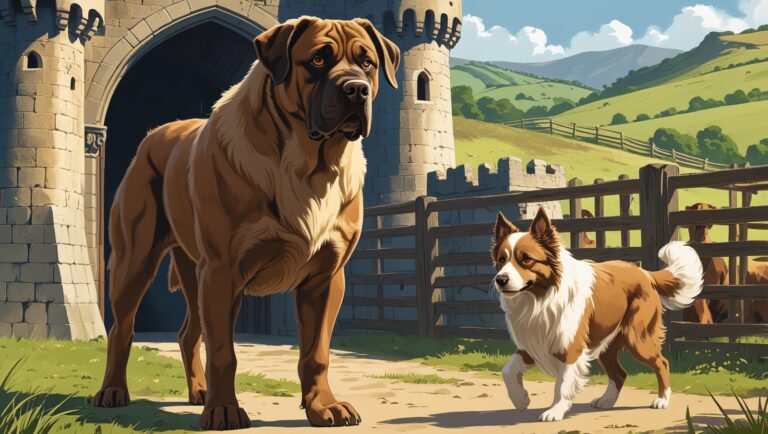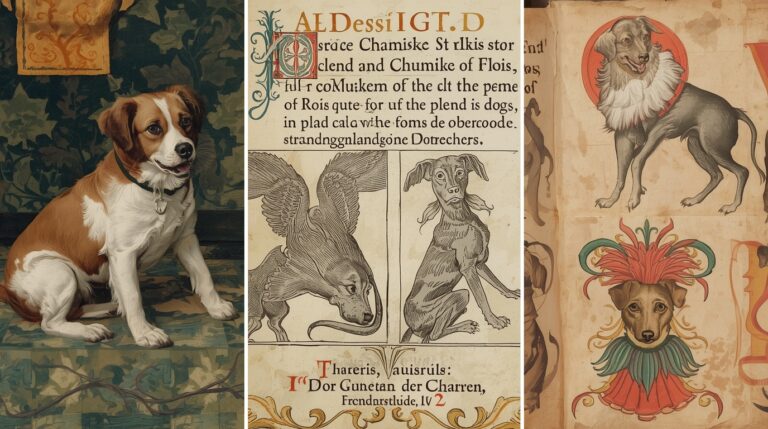Rin Tin Tin and Dogs in Hollywood
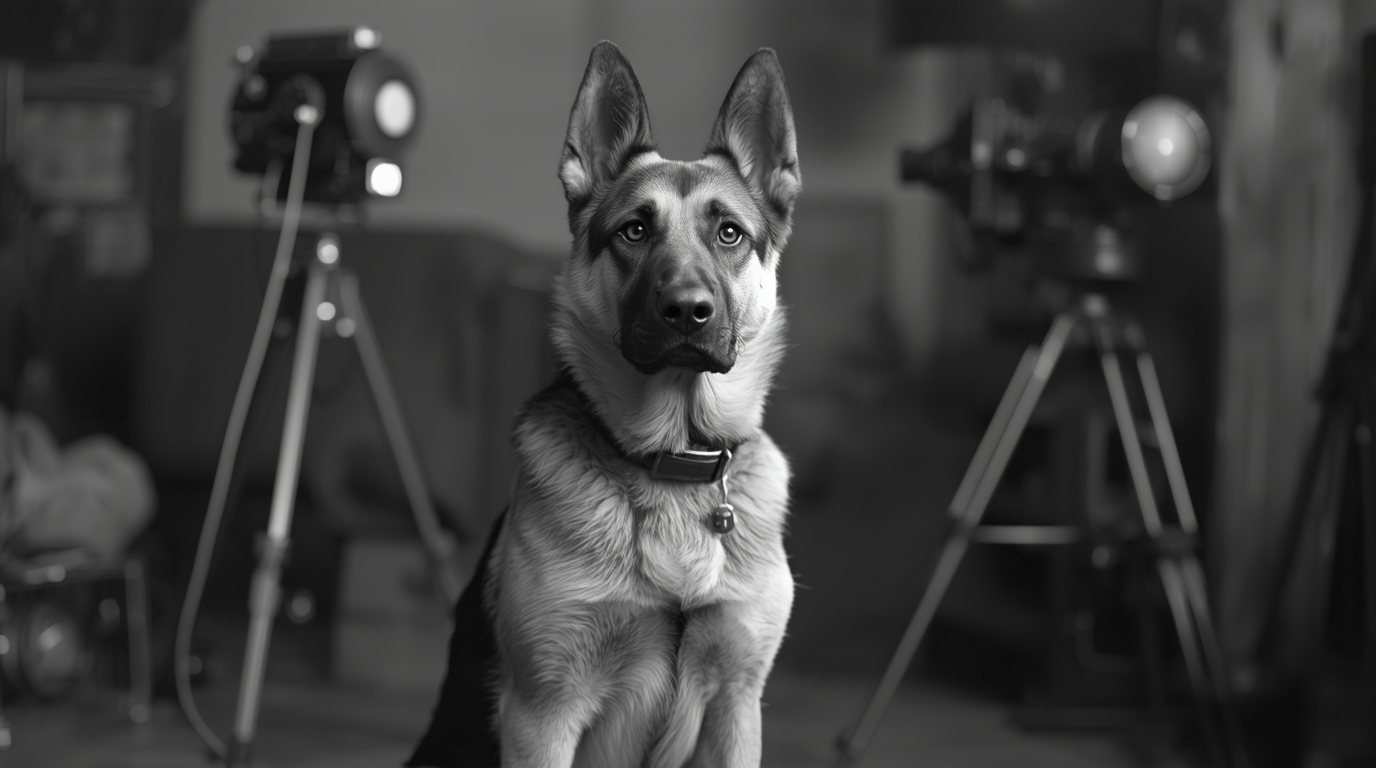
Introduction
Rin Tin Tin was more than just a dog—he was a cultural phenomenon, a cinematic trailblazer, and a hero who bridged the battlefield and the big screen. At a time when America sought icons to believe in, Rin Tin Tin emerged from the trenches of World War I to become one of Hollywood’s earliest stars, helping launch Warner Bros. Studios and setting the stage for the legacy of dogs in entertainment. This is the story of how a German Shepherd saved a studio, captivated millions, and became the prototype for canine stardom in global film history.
The Origins of Rin Tin Tin
The tale begins in September 1918 on a battlefield near Flirey, France. American soldier Lee Duncan, a member of the U.S. Army Air Service, discovered a bombed-out kennel once used by the German military to breed working dogs. Inside, he found a German Shepherd mother with her litter of five puppies. Duncan took two puppies back to his base—naming them Rin Tin Tin and Nanette after popular French good-luck dolls. Only Rin Tin Tin survived the return trip to the United States, eventually settling with Duncan in Los Angeles.
From War Dog to Movie Star
Rin Tin Tin was more than a companion—he was intelligent, agile, and charismatic. Duncan began training him using techniques learned from observing war dog drills in Europe. The breakthrough came when Rin Tin Tin performed at a local dog show and caught the attention of film producers. His first screen test involved a spectacular 12-foot jump captured in slow motion—a moment so striking that it immediately convinced filmmakers of his screen potential. Rin Tin Tin made his film debut in the 1922 silent short The Man from Hell’s River, which launched his career as a four-legged movie icon.
The Rise of Warner Bros. Through Rin Tin Tin
In the early 1920s, Warner Bros. was a struggling studio on the verge of financial collapse. The massive popularity of Rin Tin Tin changed that. His third film, Where the North Begins (1923), grossed over $350,000—a huge success for the time and a turning point for the studio. Executives joked that Rin Tin Tin was the studio’s “bread and butter.” By the mid-1920s, Rin Tin Tin’s films accounted for up to 40% of Warner Bros.’ revenue, helping fund future ventures, including the first “talkie,” The Jazz Singer. The dog who once lived in a war zone became the studio’s most bankable star.
Rin Tin Tin’s Silent Film Legacy
Rin Tin Tin starred in over 27 Hollywood films, including Clash of the Wolves, Tracked in the Snow Country, and The Lightning Warrior. His roles typically involved rescue missions, frontier adventures, and heroic deeds—portraying dogs not just as pets, but as moral guardians and protectors. Silent cinema allowed Rin Tin Tin’s expressions, movements, and instincts to drive the narrative. He performed all his own stunts, building a cinematic language around animal physicality. Critics often noted his acting surpassed some of his human co-stars. By the end of the silent era, Rin Tin Tin had become one of the most recognized stars in the world.
Canine Stardom and Public Perception
At the height of his fame, Rin Tin Tin received fan mail by the thousands. He had a dedicated press agent, his own publicist, and appeared in sponsored products and promotional tours. Children named their dogs after him, schools taught lessons on loyalty using his story, and he was even offered a star on the original Hollywood Walk of Fame (although not installed until much later). His fame helped create the concept of the animal celebrity, a niche that would later include dogs like Lassie, Benji, and Beethoven. Rin Tin Tin proved that a non-speaking, non-human star could generate mass appeal and profit.
The Rin Tin Tin Franchise and Bloodline
After the original Rin Tin Tin died in 1932 at the age of 14, Lee Duncan continued the brand using descendants of the original dog, who were also named Rin Tin Tin. The legacy was maintained through radio programs, television series, and short films throughout the 1930s and 1940s. During WWII, Rin Tin Tin IV served briefly with the U.S. Army before transitioning into showbiz. Each successor continued the tradition of portraying bravery, intelligence, and loyalty, ensuring the Rin Tin Tin name remained relevant across generations.
Rin Tin Tin and the Academy Awards Myth
An enduring rumor suggests that Rin Tin Tin won the most votes for Best Actor at the first Academy Awards in 1929, but was disqualified in favor of a human actor, Emil Jannings. Although this story has never been officially confirmed, archival research indicates the claim has some merit. In early ballots, Rin Tin Tin was reportedly a favorite due to his popularity and box office power. The Academy, still establishing credibility, allegedly opted to give the award to a human to maintain professional legitimacy. Whether or not the story is true, it reflects the enormous impact Rin Tin Tin had on both audiences and insiders.
The Evolution of Dog Roles in Cinema
Rin Tin Tin’s success opened the floodgates for canine roles in film. Dogs evolved from background props to central figures in storytelling. Studios recognized that dogs could evoke strong emotional connections, drive plotlines, and appeal to audiences across age and language barriers. As talkies emerged, dogs remained relevant by embodying silent emotional truths—loyalty, bravery, and innocence. Films like Old Yeller, Lassie Come Home, and 101 Dalmatians owe much to the trail blazed by Rin Tin Tin, who proved that a dog could carry an entire narrative.
Other Famous Dogs of Early Hollywood
Rin Tin Tin was not the only dog to rise to stardom in the silent era. Strongheart, a German Shepherd who starred in The Silent Call and White Fang, was his rival and predecessor. Strongheart’s films were equally dramatic and widely acclaimed. However, Rin Tin Tin surpassed him in popularity due to more prolific output and Warner Bros.’ superior marketing. In the 1940s, Lassie became a symbol of domestic loyalty and rural values, building on the archetype Rin Tin Tin had established but aimed at a more family-friendly audience.
also read this Famous Historical Dogs
Television Stardom: The Adventures of Rin Tin Tin
In the 1950s, Rin Tin Tin returned to fame through the television series The Adventures of Rin Tin Tin. Starring Rin Tin Tin IV, the show followed a boy and his heroic dog as they aided U.S. Cavalry troops in the Old West. The series was a massive success, running from 1954 to 1959, and airing on ABC. It introduced the character to a post-war generation of Americans and solidified Rin Tin Tin’s role as a cross-generational icon. The show reinforced themes of bravery, justice, and loyalty, shaping the way dogs were portrayed on TV for decades.
German Shepherds and Their Image in Film
Rin Tin Tin’s breed, the German Shepherd, became synonymous with intelligence, strength, and discipline. Originally bred in Germany for herding and protection, German Shepherds were adopted by militaries and police forces worldwide. Rin Tin Tin’s on-screen presence popularized the breed in America, making it one of the most sought-after dogs by the late 1920s. Films featuring German Shepherds often emphasized their trainability and instinctive morality, casting them as soldiers, detectives, or protectors. Their cinematic image was elevated by Rin Tin Tin’s legacy.
Behind the Scenes: Training and Animal Safety
Rin Tin Tin was personally trained by Lee Duncan, who employed reward-based techniques, voice commands, and physical cue associations. Duncan developed a rapport with Rin Tin Tin that allowed complex stunts to be performed on cue. However, animal safety standards during the 1920s were not regulated, and there were concerns about overwork and dangerous scenes. In later years, the American Humane Association began monitoring animal action in films, partially in response to early criticisms. Rin Tin Tin’s work ethic and visible bond with Duncan helped promote positive training models in animal acting.
The Impact on Warner Bros. and the Film Industry
Rin Tin Tin’s box office success played a critical role in stabilizing Warner Bros., allowing it to experiment with sound and take financial risks that led to industry innovations. He generated over $6 million in ticket sales during his peak years. Rin Tin Tin’s marketing also demonstrated the value of character branding, paving the way for future franchises and merchandising campaigns. Studios began investing in long-term animal characters, recognizing the emotional currency animals held for viewers.
Rin Tin Tin’s Global Appeal
Rin Tin Tin’s films were not only popular in the United States—they were distributed in Europe, Asia, and Latin America with translated intertitles. He was especially popular in France, Canada, and Japan, where his moral narratives resonated with viewers. His universal appeal proved that emotion transcended language, and his physical expressiveness made him understandable to audiences across cultures. Even today, he remains an international symbol of the golden age of silent cinema.
The Real Life of Lee Duncan
Lee Duncan remained devoted to Rin Tin Tin until his death. After the original dog’s passing in 1932, Duncan continued to train successors and manage the franchise. He rejected numerous commercial opportunities in order to protect Rin Tin Tin’s integrity, insisting that any portrayal maintain the dog’s heroism and loyalty. Duncan also wrote books, managed public appearances, and trained dogs for the military during WWII. His personal connection to Rin Tin Tin was not just professional—it was profoundly emotional. He once wrote, “He brought out the best in me. And I tried to do the same for him.”
Cultural Symbolism of Rin Tin Tin
Rin Tin Tin became a stand-in for American ideals—bravery, loyalty, and the triumph of good over evil. At a time of social upheaval, his films offered stories of moral clarity and emotional comfort. He symbolized the bond between humans and animals, and between soldiers and companions. His character was always brave, honest, and willing to sacrifice, offering audiences a moral compass in uncertain times. For immigrants and war veterans alike, Rin Tin Tin was a shared icon that reflected resilience and hope.
Hollywood’s Changing Use of Dogs Over Time
In recent decades, the portrayal of dogs in film has shifted from realism to anthropomorphism and CGI enhancement. While modern movies like A Dog’s Purpose and Marley & Me explore emotional themes, they often rely on digital effects and voice-overs. Rin Tin Tin, by contrast, performed his own stunts and conveyed emotion without dialogue, creating a more visceral cinematic experience. As debates around authenticity and ethics in animal acting continue, Rin Tin Tin remains a model of natural storytelling rooted in trust and real partnership.
Rin Tin Tin’s Influence on Pop Culture
The name Rin Tin Tin has appeared in music, television, literature, and animation. He was referenced by Bob Dylan, parodied in Looney Tunes, and served as inspiration for comic book characters. Author Susan Orlean’s 2011 biography, Rin Tin Tin: The Life and the Legend, brought his story to a new generation, earning critical acclaim. The dog’s name has become synonymous with loyalty and cinematic legacy—used as shorthand for dependable, brave characters across mediums.
Modern Tributes and Memorials
Rin Tin Tin is buried at the Cimetière des Chiens (Dog Cemetery) in Asnières-sur-Seine, France. In 2011, he was posthumously awarded a star on the Hollywood Walk of Fame. His likeness appears in museums, historical exhibitions, and pet memorials. Statues and plaques commemorate his impact, and replicas of his film posters remain popular collector’s items. Annual film retrospectives often feature Rin Tin Tin as a symbol of the silent film era’s emotional depth and storytelling power.
The Legacy of Rin Tin Tin in Contemporary Media
Today, Rin Tin Tin’s story is used in film schools, literature classes, and leadership seminars as an example of media influence, brand building, and human-animal collaboration. Documentaries and reboots continue to surface, ensuring his legacy endures. Plans for a new biopic are periodically announced, underscoring his lasting relevance. His story is taught not just as entertainment history but as a case study in cultural evolution, media ethics, and loyalty.
Conclusion
Rin Tin Tin’s story is a timeless testament to the power of character—regardless of species. Rescued from war, he rose to define an era of film, saved a studio, and captured hearts around the world. His impact lives on in the dogs that followed him onto the screen, in the studios he helped build, and in the audiences that still find wonder in his legacy. He wasn’t just a movie star. Rin Tin Tin was a symbol of loyalty, resilience, and the unbreakable bond between humans and dogs—a four-legged legend in the storybook of Hollywood.
